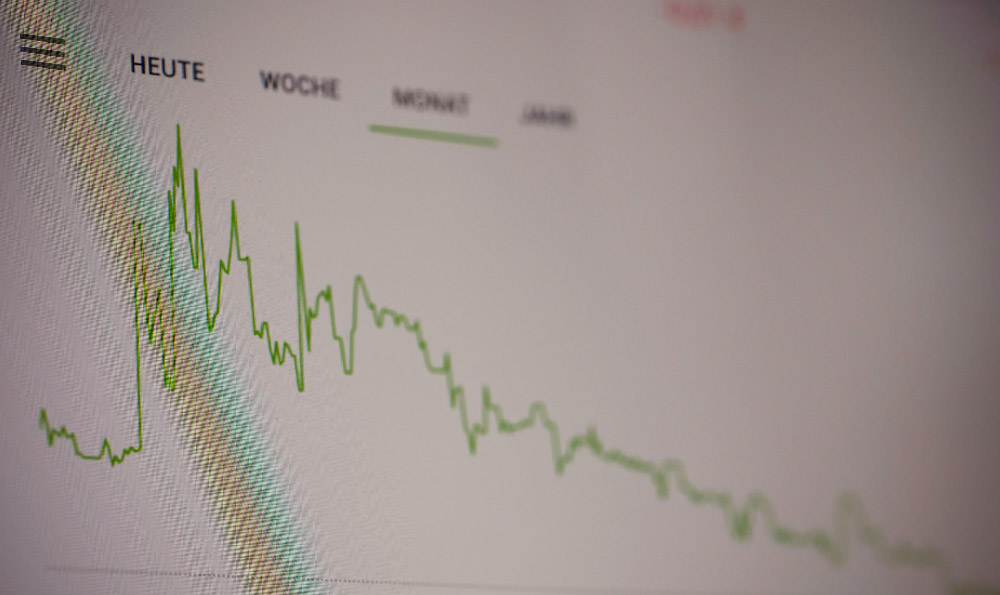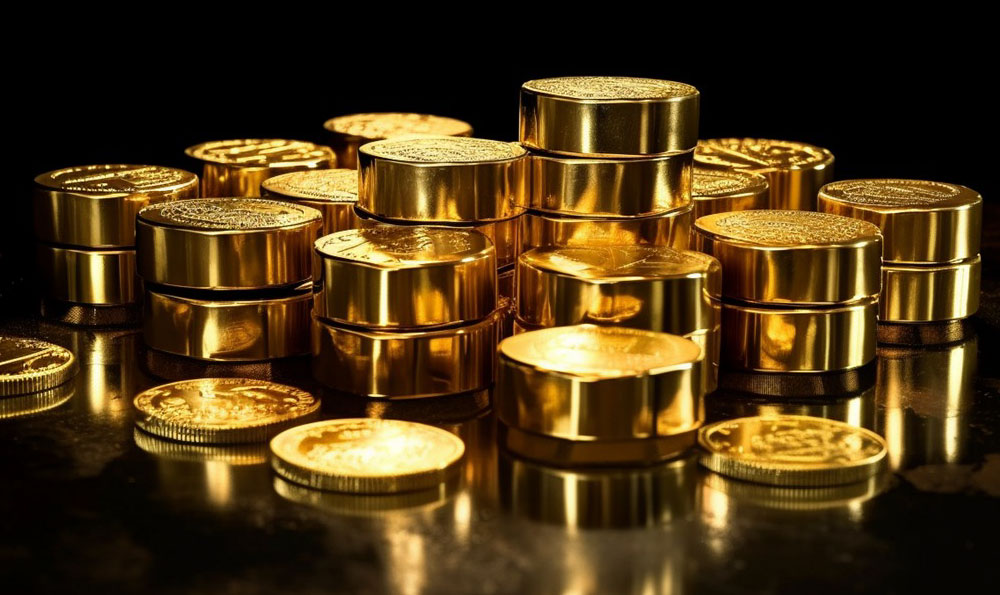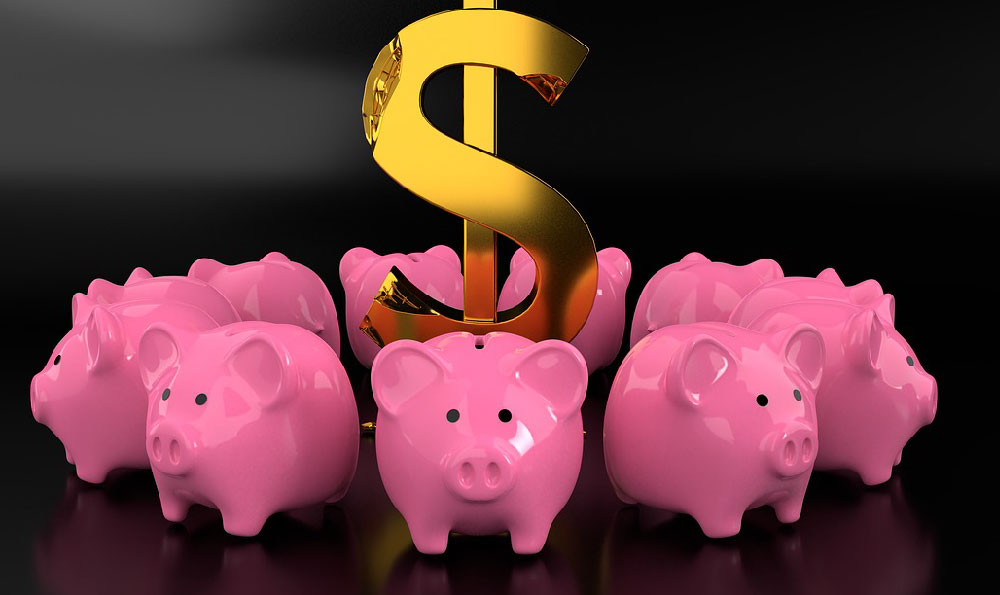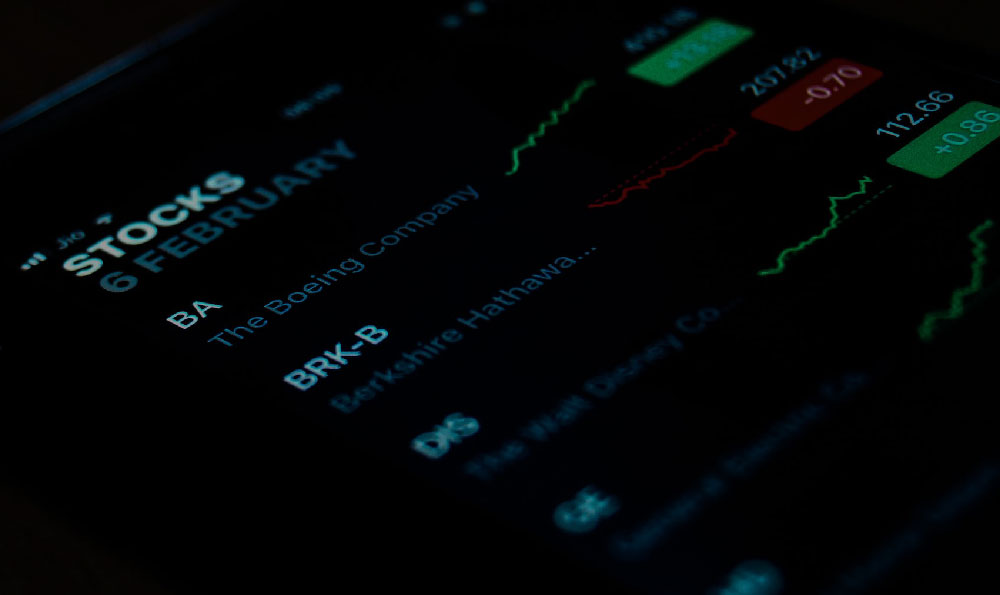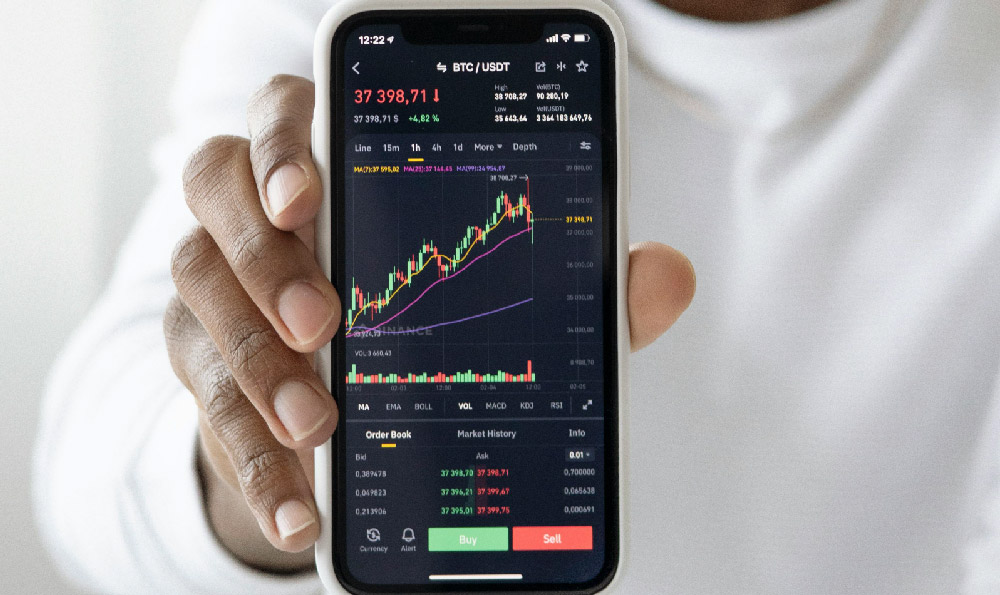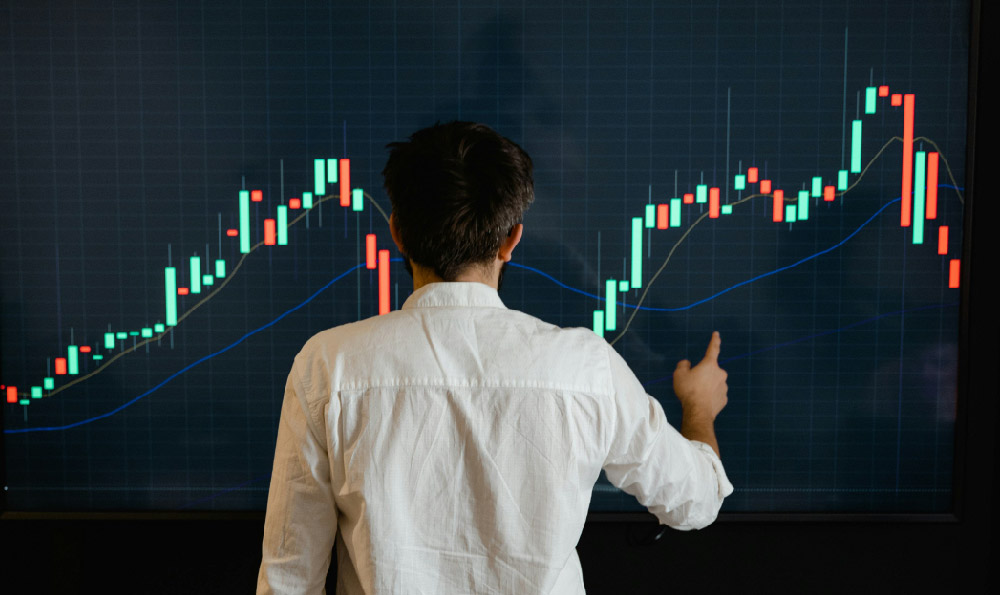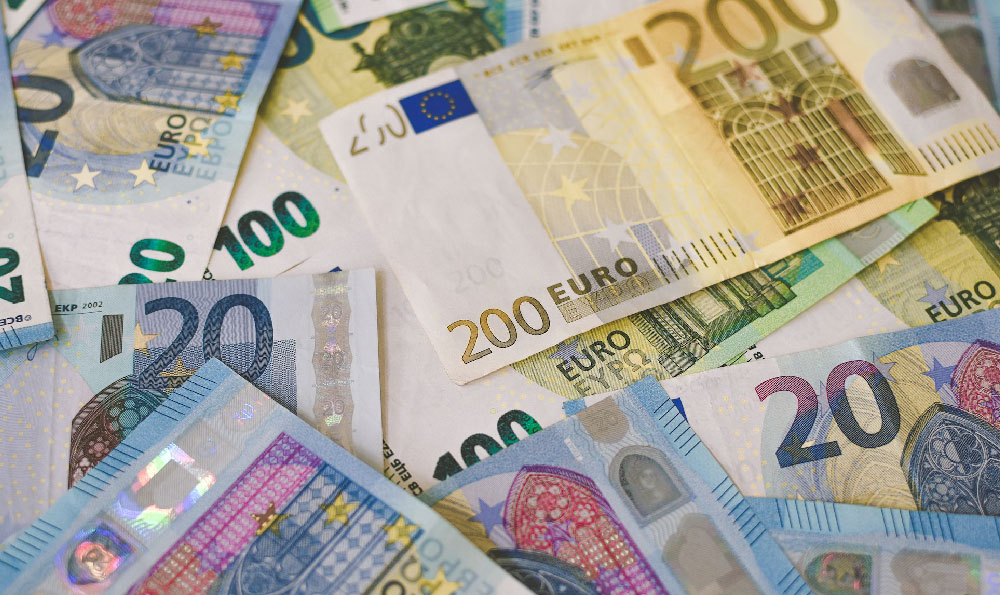Okay, here's a comprehensive article addressing the financial windfall generated by the Mayweather vs. Pacquiao fight, focusing on the overall revenue and the individual payouts received by each boxer.
The Mega-Fight's Mammoth Financial Footprint: Unpacking the Mayweather-Pacquiao Payouts
The air crackled with anticipation, the hype reached fever pitch, and the arena pulsed with celebrity wattage. The 2015 showdown between Floyd Mayweather Jr. and Manny Pacquiao wasn't just a boxing match; it was a cultural event, a spectacle fueled by years of simmering rivalry and unprecedented financial stakes. The question on everyone's mind, beyond who would emerge victorious, was just how much money this colossal event would generate, and more importantly, how the spoils would be divided. The answer, as it turned out, was a staggering sum that redefined the economics of boxing.
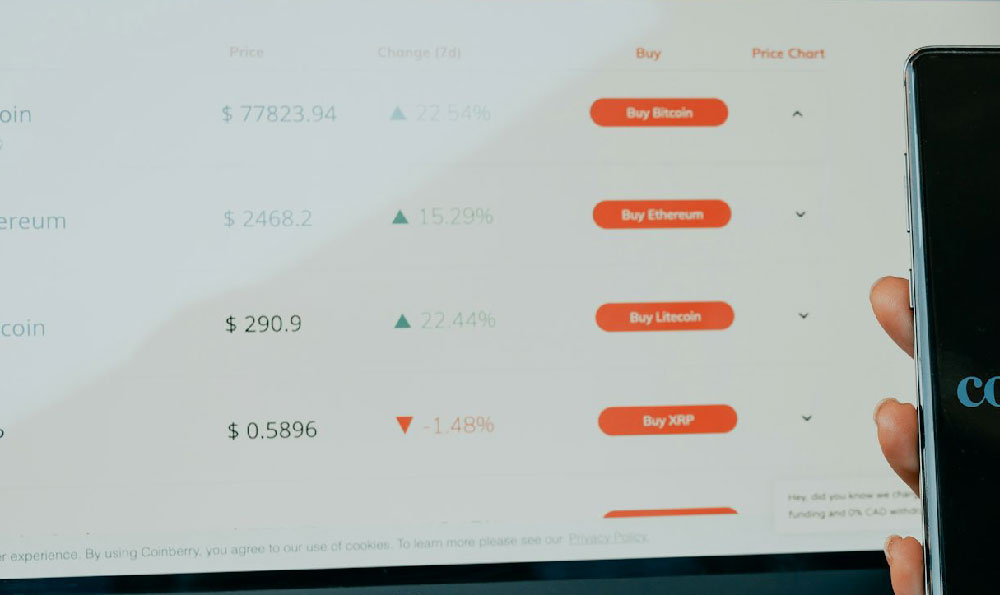
The fight, dubbed "The Fight of the Century," lived up to its billing in terms of generating revenue. The pay-per-view (PPV) sales were the undisputed king of the financial castle. Estimates place the total PPV buys at around 4.6 million in the United States, shattering previous records and generating over $400 million in revenue alone. This monstrous figure dwarfed previous boxing PPV benchmarks, a testament to the global appeal of both fighters and the expertly orchestrated marketing campaign that preceded the event. Beyond the US market, the fight was broadcast to a global audience, further amplifying the PPV revenue stream.
Ticket sales added another significant layer to the financial pie. With ringside seats commanding exorbitant prices, the MGM Grand Garden Arena in Las Vegas, the fight's venue, raked in over $72 million in ticket revenue. This figure surpassed any previous boxing event, again underscoring the unprecedented demand to witness the fight live. Celebrities, high-rollers, and boxing enthusiasts clamored for a seat, driving up ticket prices and contributing to the overall financial bonanza.
Beyond PPV and ticket sales, other revenue streams contributed to the overall financial success. Closed-circuit television showings, merchandise sales, sponsorships, and international television rights all added to the total. The fight attracted major sponsors eager to associate their brands with the event, pouring millions into advertising and promotional deals. Replicas of fight merchandise, from t-shirts to posters, flew off the shelves, further augmenting the financial windfall. These secondary revenue streams, while smaller than PPV and ticket sales, collectively contributed tens of millions of dollars to the total revenue.
So, how was this monumental sum divided between the two gladiators? While the exact figures remain somewhat shrouded in contractual complexities, estimates provide a clear picture of the financial hierarchy. Floyd Mayweather Jr., being the "A-side" of the promotion and boasting a superior negotiating position, secured a larger share of the revenue. It's widely believed that Mayweather's guaranteed purse was around $180 million. However, once all the revenue streams were tallied and distributed according to the contractual agreements, his total take-home pay likely exceeded $220 million. This figure cemented his status as one of the highest-paid athletes in history, a testament to his drawing power and shrewd business acumen.
Manny Pacquiao, while receiving a smaller slice of the pie, still walked away with a fortune. His guaranteed purse was estimated to be around $120 million. Like Mayweather, Pacquiao's actual earnings likely surpassed this figure once the PPV revenue and other ancillary income were factored in. Estimates place his total earnings from the fight in the range of $150 million. While significantly less than Mayweather's payout, Pacquiao's earnings still represent a life-changing sum of money and solidified his legacy as one of the most financially successful boxers of all time.
It's important to acknowledge the complexities involved in calculating the final payouts. Deductions for taxes, management fees, training expenses, and other associated costs would have significantly impacted the net earnings for both fighters. Furthermore, the promotional companies involved, Top Rank (Pacquiao's promoter) and Mayweather Promotions, also received a significant share of the revenue to cover expenses and generate a profit.
The Mayweather vs. Pacquiao fight served as a stark reminder of the lucrative potential of boxing at its highest echelon. It demonstrated the power of a compelling narrative, the marketing prowess of promoters, and the enduring appeal of two of the sport's biggest stars. The financial magnitude of the event transcended the sport itself, becoming a benchmark for future mega-fights and solidifying the legacies of both Mayweather and Pacquiao, not just as legendary boxers, but as astute businessmen who understood the financial value of their brand. The ripples of this financial tsunami continue to be felt in the boxing world, influencing negotiation strategies, sponsorship deals, and the overall perception of the sport's financial potential. While the exact figures may be debated and dissected for years to come, the undeniable truth remains: the Mayweather vs. Pacquiao fight was a financial behemoth, leaving an indelible mark on the history of boxing economics.



